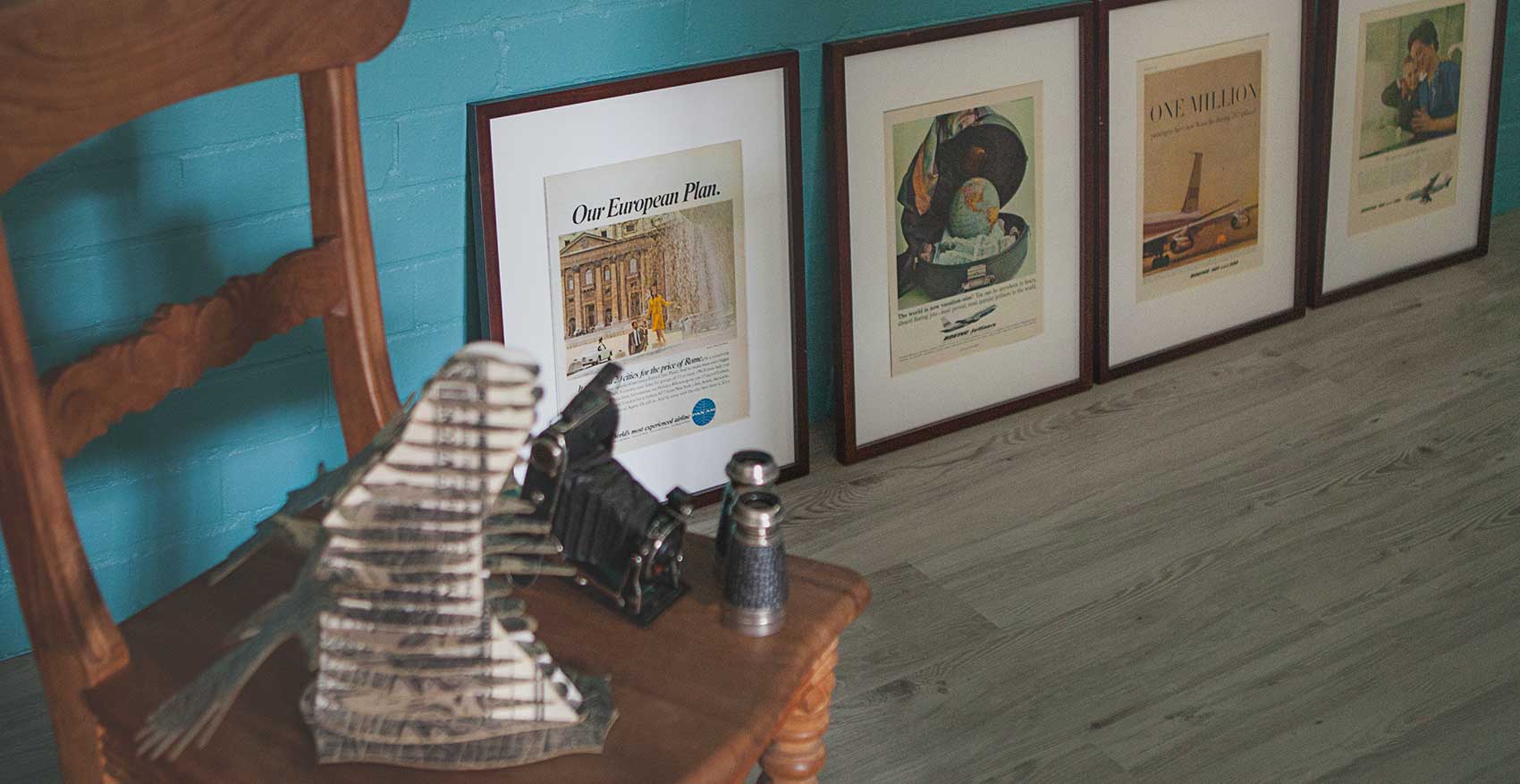My husband and I have been all around the world backpacking, but before we did that, before we moved to Perth/Western Australia – we lived in Columbus, OH. Columbus, for all intensive purposes, is like a smaller Seattle. Yeah, we get the same amount of rainfall too. But the weather isn’t the reason I draw the comparison. Columbus is a busy town, tons of historic houses, a rich downtown, delicious restaurant concepts (thanks to the outlying farming communities) and a thriving small business atmosphere. Amazing coffee shops are abundant, and the overall attitude/culture of the city is super accepting of new ideas and people. Columbus is also home to the Buckeyes of Ohio State University – one of the largest US State-funded public schools (over 65,000 students!). Columbus is also home to many of my best friends, and is where I got my Bachelors in Photography from the small private art institution (Columbus College of Art & Design).
So no, it’s not one of those cities that tourists visit, but it is one of the coolest places in the midwest/farm country, and a good stop when coming from New York to Chicago. For us, it was home – and we miss it! This Aussie winter, my husband and I went back home to sell off things from our storage unit, and pack the remaining important treasures into boxes for shipping. It took about 3 months, but it finally arrived a few weeks ago! We’re so happy. I know there are others out there that are migrating to Australia, so I figured I’d give a few words of advice about our experience.
** It should be noted that I am not a professional mover, and these words of advice are from my one experience. If you would like professional help, please contact Les Burge from Fremantle Customs Brokers. My brother-in-law used him when he imported his classic car, and he helped save him hundreds of dollars. We decided to not use a customs broker because the UPE process is pretty easy if your destination cargo handler is helpful. **
CHOOSING A SHIPPING COMPANY
Before choosing a shipping company, it’s a good idea to decide if you want them to pack your goods, or if you want to pack them yourself. We chose to pack our goods ourselves (saved us around 800.00 doing it ourselves), but it was more difficult to get insurance to cover accidental damage. We ended up finding a provider in Australia that would provide accidental insurance, even if we packed it ourselves, but didn’t end up using it anyways. We paid $300 dollars up front for a $250 deductible covering $8,000 in goods. We packed everything very well (bubble wrap, crumpled paper, foam, etc) & made sure to make a very very detailed packing list. We also got lots of quotes before we chose.
CHOOSING WHAT TO SHIP
One thing I didn’t do before we started packing, was to look at a list of prohibited goods in your destination country. Luckily, we didn’t have anything prohibited, but we used recycled boxes from Walmart (which also has a grocery section), so we had to check the box for “boxes/packaging materials that were used in the shipment of eggs, fruit or other agricultural products” because we weren’t sure what the boxes might have been used for. We already had packed things that customs would want to check (anything wood/wicker, shoes, etc), so it didn’t slow our process down any. Still, its something to consider prior to shipping, including what costs might be associated upon arrival. More on that later. What made our list to pack or sell was sentimental value, use, and cost of replacement when we moved.
SHIPPING
Your shipping company in your country of origin should cover you all the way up until your shipment reaches the port in your destination country. Make sure to get as much in writing as you can! Also, for us, we were bringing our goods into the country as UPE’s (Unaccompanied Personal Effects), which are tax-free under Aussie law (if you are a returning Aussie resident or approved visa, more on immi’s website). Your bill of lading will have your ship/vessel number & the name of the company who will be handling the shipment once it reaches the destination port. Most of the time, you should be able to track your shipment’s vessel online, but also you can go by the ETA given to you by your shipping country. Once it got close to the ETA for our vessel, we called the company that was going to be handling the shipment (Cargoport, PTY) to make introductions and confirm our best contact details with them. Its important to do this so that you don’t miss the arrival notice.
ARRIVAL, CUSTOMS, AND PICKUP
For us Cargoport, PTY was a pleasure to deal with. They walked us through importing our goods, and were super nice to us, since we decided to not use a shipment broker (using one was going to cost us an additional $400). My advice is to follow your destination cargo handler’s directions as closely as you can, or get a broker if you can afford it. I did a lot of reasearch before we decided to opt out of using one. If your handler isn’t as forthcoming as ours was, and you don’t want to use a broker, here is an account of our experiences/steps we took. Note, we decided to pick up our goods from the depot too, so this might make our experience different to yours as well. Again, this is just our experience and is not to be taken as professional advice.
- When you are nearing your arrival date, that you got from your shipping company, call your destination handler listed on your Bill of Lading. Introduce yourself & obtain a proper ETA from them. When you cargo is nearing port, you will get an invoice from your destination cargo handler for the charges your cargo will have once it arrives to port (we paid ours $800). It included 3 days of storage after our goods were delivered to the depot (not the same day as your shipment arrives), and all the unloading fees, dock/port charges, etc. Pay this immediately, if you can. They will also probably send you a “Delivery Order”, but don’t let this confuse you, your goods aren’t ready yet.
- Next, you will need to clear customs, but you cannot do this until your cargo has actually arrived to port & been unloaded. Your cargo handler will send you the notice when your goods actually arrive into port. However, you can begin filling out the paperwork for customs. You may need to call the depot (not the cargo handler) if you have/haven’t received your arrival notice, to find out if your goods have been unloaded, so you can clear customs. We received an arrival notice, but our goods hadn’t actually been unloaded/checked for damages by the depot, so we weren’t able to clear customs. We don’t live close to customs, and skipping this step cost us an extra drive into the city.
- After your goods have been unloaded go to customs (located across from DHL at the Perth Airport – not freo), I couldn’t find an address online, so I just mapped DHL. Once inside, ring the bell, and customs will go through your paperwork with you. If you aren’t sure know how to fill something out (we weren’t sure what to write for a lot of the questions), leave it blank and they will help you fill out the rest. Don’t call customs to help with filling out paperwork, they seriously are of NO help. Just go to the actual customs center, it will save you a headache. Be forthcoming with customs, and if you aren’t sure, just declare it. We had a few wedding gifts (under a few hundred dollars) that didn’t meet the “owned & used for 1 year” exclusion in the tax break, but she was allowed to write off up to a certain amount. If customs are happy, they will send you on to quarantine (across the street).
- At the quarantine office, you will wait for another representative to meet with you, and just recap the customs form with them. Then they will say whether they want to inspect your cargo – most likely ‘yes’. For us, we weren’t allowed to schedule the inspection (by the advice of Cargoport), but we were allowed to pay ($130.00 for a 1 hr inspection). We were given a number to call for quarantine to schedule the appointment at the depot after when we received the “Outrun Report” from Cargoport. Also for us, storage didn’t commence until we actually received the “Outrun Report”.
- Your cargo handler will issue your “Outrun Report” when they have inspected your unloaded cargo (for us it was 3-5 days after our stuff arrived into port). I also just want you to know, that up until that point, our free storage days hadn’t even started yet. In my experience, if you just take care of your obligations, you should be able to get your goods before you incur additional storage costs. We received our outrun report on a Wed at noon, and scheduled our quarantine inspection for the next morning.
- When we arrived Thurs morning to the depot for our quarantine inspection, we had to sign in to their front desk, park in a designated area, and provide identification (Aussie license or passport). The actual inspection was pretty quick. Also, this is where we were grateful to have made a very good box-by-box packing list. She only had us open the boxes with the items in question (anything made of wood & shoes). Since we were forthcoming with her, she pretty much took our word at face value. Since we had only a few goods, the inspecting officer submitted the report online following the inspection at the depot. Soon as it was submitted, the depot released our goods.
AFTERWARDS
Isaac and I were so happy to have our US treasures back. It ended up being a lot more than we thought ($2285 – international freight Ohio to Perth, $828 – Destination Port Charges, $137 – Inspection fees), we paid $3240 all up. For us, it was completely worth it! We brought both of our wide gamut computer monitors (we do graphics & photography), performance computer, kitchen appliances (mazzer mini grinder, kitchen aid 600, gaggia espresso machine, omega juicer – which work great with a step down transformer), vintage plane advertisements, nicknacks, photo albums, queen mattress, futon, and a ton of original art (my husband did ceramic water sculptures)! It has really made our home feel like, well, home. I love knowing that I got to keep my Kitchen Aid mixer (my parents bought for me as my high school graduation gift in 2007). It makes me smile seeing the photos that used to hang in our place up in our new home. So while it was expensive to move 2 pallets (6 cubic meters), the value of what we received made it worth it for us.
Good luck with your move to Aussieland! It has been an adventure for us, will come with challenges, but lots of fun along the way. 🙂


You must log in to post a comment.